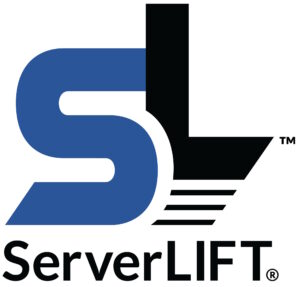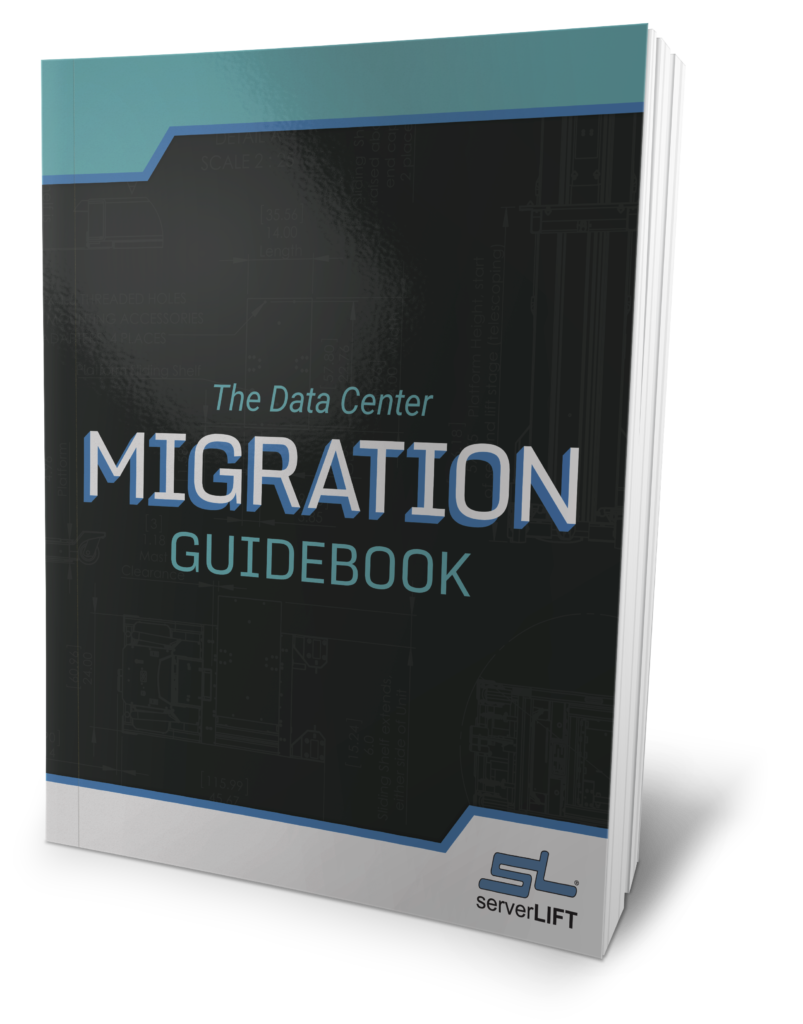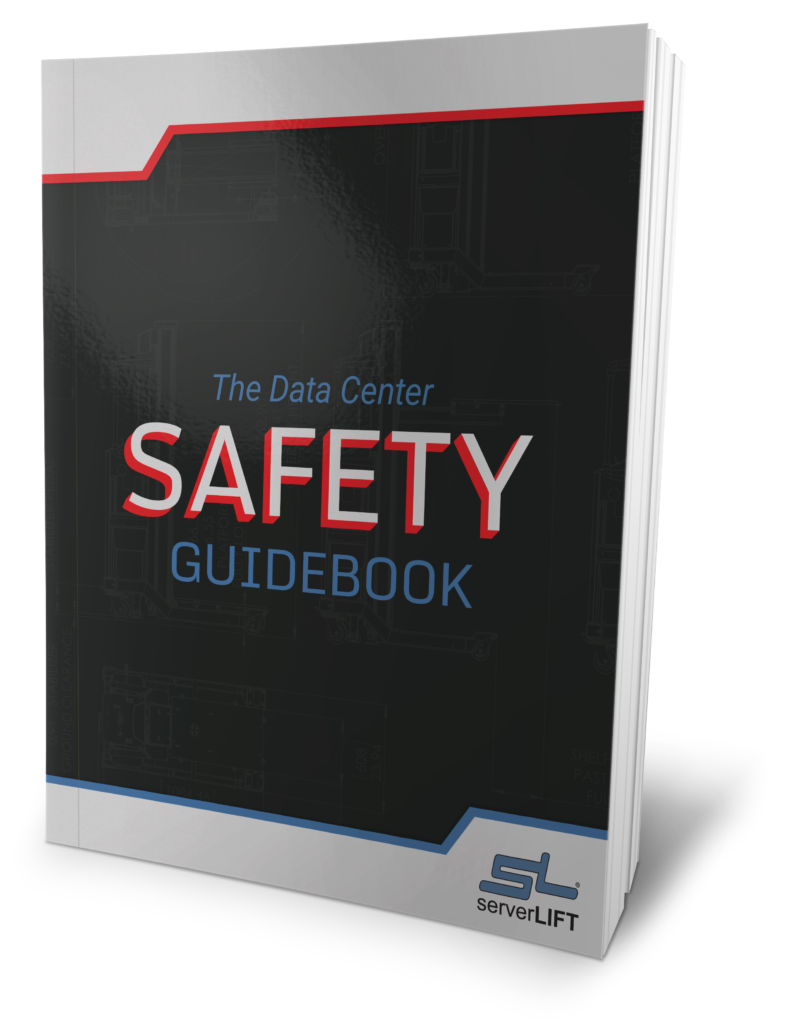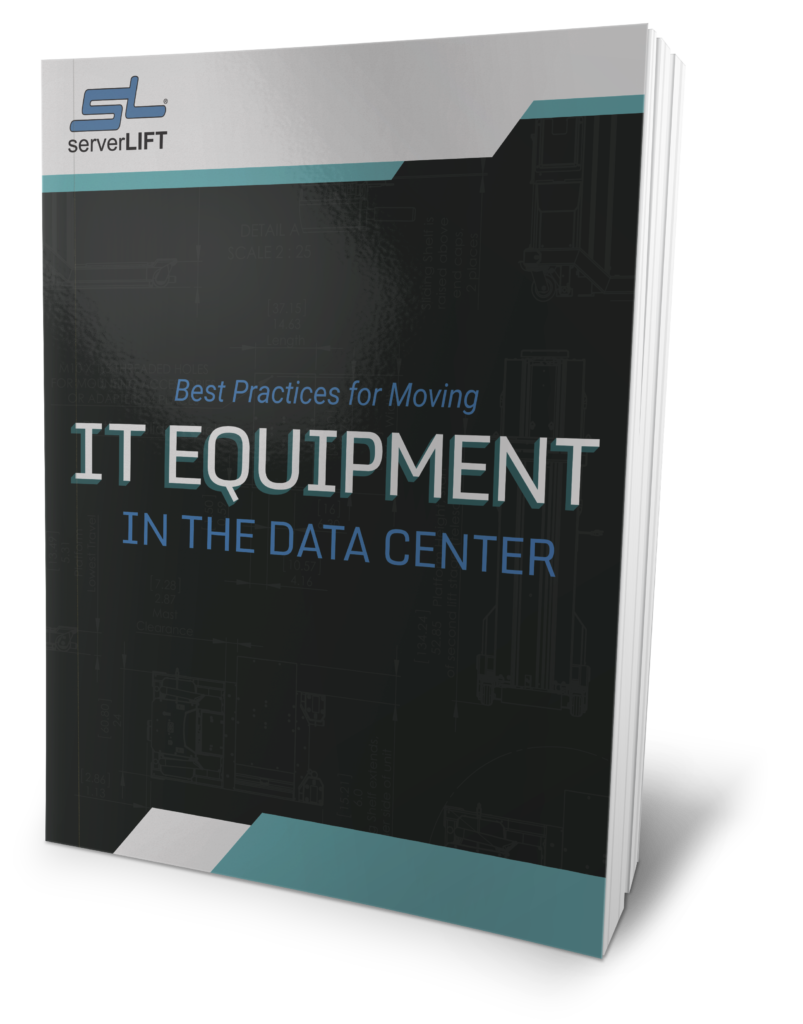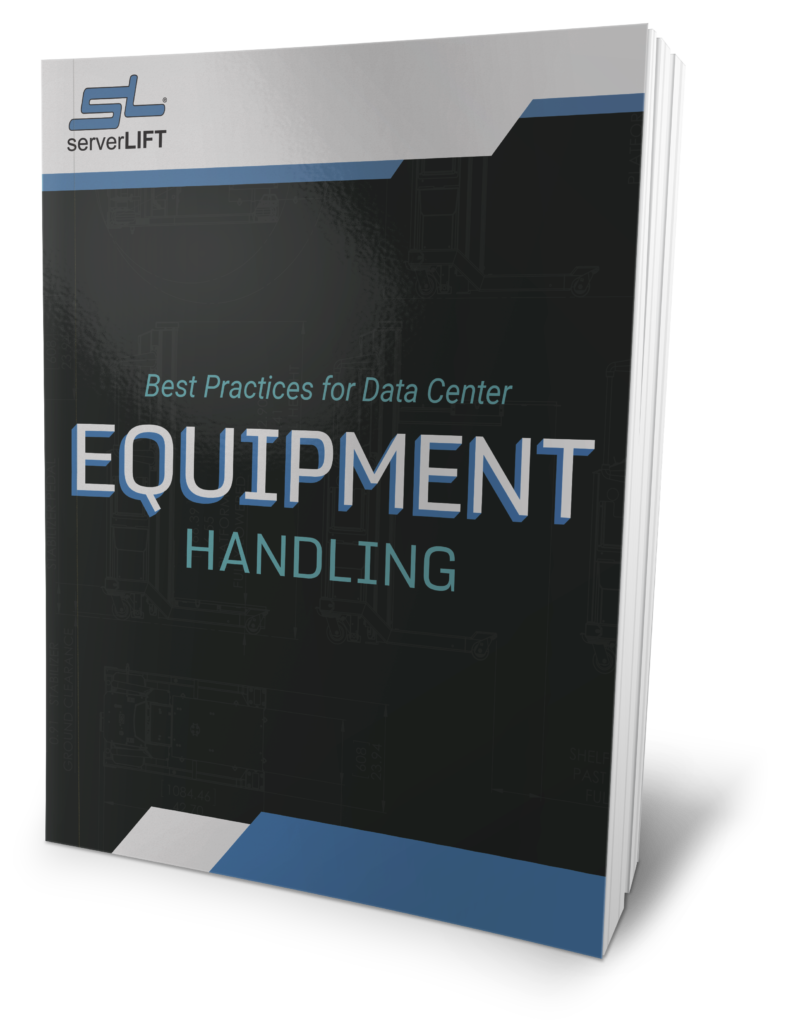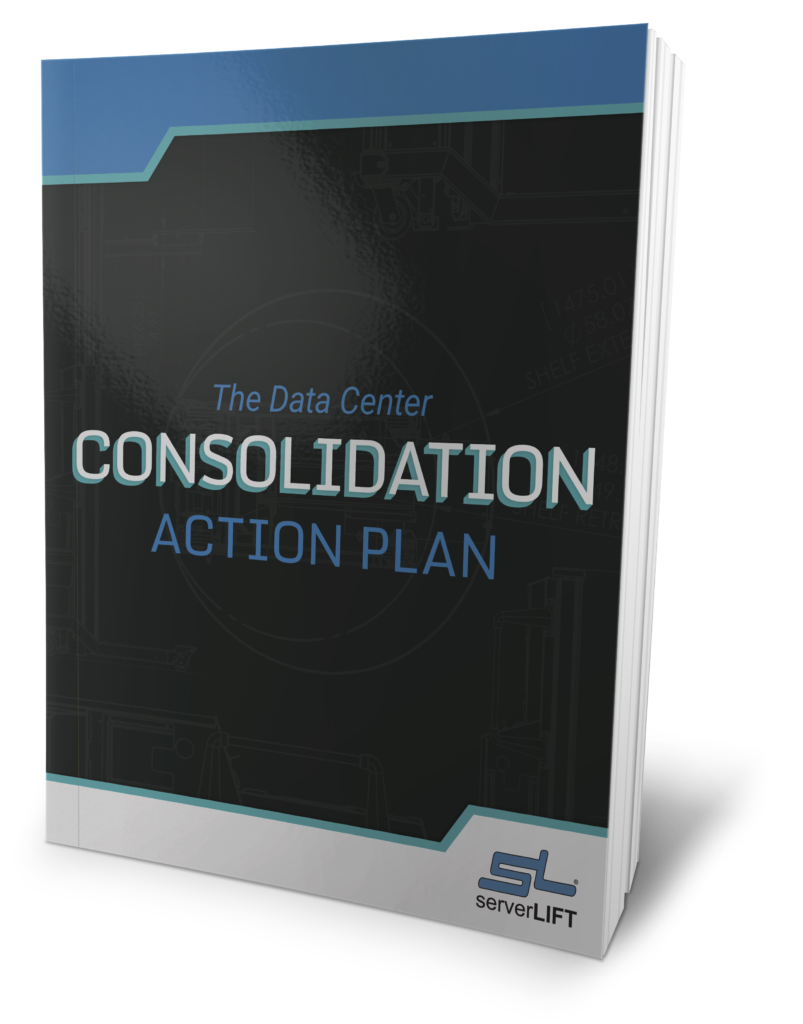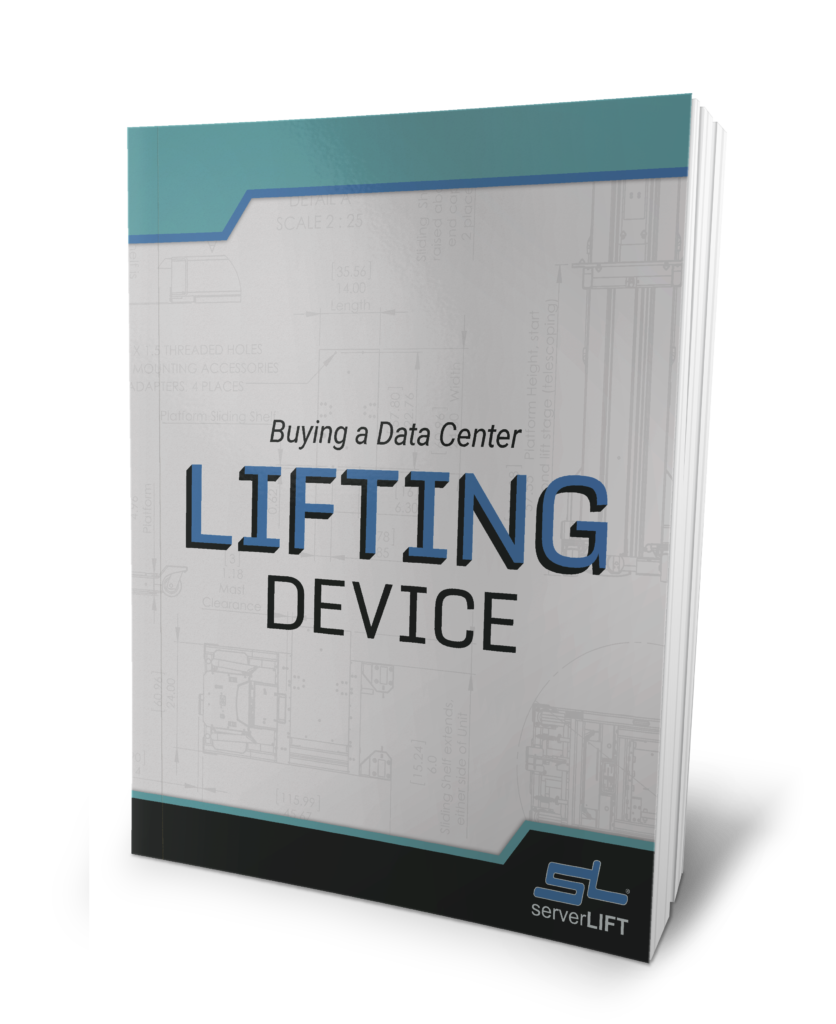AI will require some significant data center networking changes in the near future. Data centers will need to adapt by upgrading infrastructure, bandwidth capabilities, and interconnectivity in ways we’ve never seen before.
Here are six ways that AI will change data center networking.
1. Increased Network Traffic and Bandwidth Demand
Within two to three years, experts say, AI-driven network traffic will outpace traditional cloud traffic and even big data applications. This growth could double the usual 20-30% traffic increase typically seen year-over-year. Similarly, the Dell’Oro Group has increased its forecast for high-speed Ethernet (HSE) by 30% because of AI demand.
This impending “boom” means data centers will have to expand network capacity quickly.
Data centers are already experiencing the strain. A survey found that 87 percent of respondents believe they will need at least 800 Gb/s per fiber optic wavelength in order to keep up with the surge in demand. This tracks with the Dell’Oro Group’s projections, which see AI network port speeds doubling from 400G to 800G in the next few years and rising even more in the future.
2. Enhanced Data Center Interconnect (DCI) Requirements
Interconnected data centers form the support system for the many AI applications. AI ecosystems rely upon facilities connected by data center interconnect (DCI) infrastructure that hasn’t yet caught up with the new demand, and that demand is only increasing. In fact, 81 percent of survey respondents believe that multiple interconnected data centers will be needed to handle AI model training within two years.
That means DCI infrastructure will also need significant (and rapid) upgrades.
Experts estimate that DCI network bandwidth will increase sixfold by the year 2030, which roughly equals a 40-60 percent compound annual growth. This is about twice the growth that typically occurs most years.
Data centers will need to build infrastructure that can handle the anticipated 800Gb/s speeds. In practical terms, this may require upgrades of existing infrastructure in addition to new installations. Two-thirds of data centers that answered the same survey say they plan to implement Managed Optical Fiber Networks to enhance interconnectivity between facilities. This marks a shift away from traditional dark fiber networks.
3. A Shift in Network Architecture and Technology
Several trends in architecture and technology are gaining momentum in AI-focused data centers:
- Though InfiniBand has been the reigning champion for AI workloads so far, most experts say Ethernet will overtake it as the dominant technology soon. Ethernet has benefited from some recent AI-focused enhancements, and it’s currently more scalable than InfiniBand. That makes it the best option for data centers handling scalable workloads.
- High-performance, non-blocking Clos fabrics are gaining popularity in data centers for optimizing training frameworks.
- Data centers are choosing advanced networking technologies such as 800GbE (as discussed above) and data center bridging (DCB) Ethernet. These keep latency low, capacity high, and data transmission steady and reliable enough to handle the most critical of AI traffic.
- Remote direct memory access (RDMA) over Converged Ethernet version 2 (RoCEv2) and Ultra-Ethernet Transport are helping Ethernet handle growing AI requirements.
- Pluggable optics are incredibly popular for their convenience and scalability. In fact, 98% of data center experts say they will be crucial for keeping the power consumption and physical network footprint of data centers manageable.
- AI agents are handling more autonomous and semi-autonomous network operations, and that trend will increase as agents become more robust and capable.
4. Specialized AI-Focused Data Centers
Data centers are no longer all-purpose powerhouses for supporting all kinds of cloud and big data applications in addition to AI tasks. Now, data centers are built expressly to handle AI workloads. Almost half of the planned data center developments globally are devoted entirely to AI workloads.
AI has changed data center capacity. Ten years ago, a 30-MW facility was considered significant, but data centers now commonly have 200-MW or more.
These specialized facilities need powerful hardware to support AI’s massive computational requirements. AI-specific processors, accelerators, graphics processing units (GPUs), and tensor processing units (TPUs) form the front-line solutions.
5. A Balance Between Edge and Central Computing
Centralized facilities feature more space and capacity, while edge data centers excel at connectivity and low-latency performance. Since all of these are important for handling AI tasks, data centers need to achieve the right balance between central and edge computing.
For example, centralized data centers might handle large language models (LLMs) processing, while more latency-sensitive “real-time” applications will be processed in edge facilities.
A distributed architecture will be even more necessary since computing will be spread among multiple facilities based on processing needs.
Enterprises have already begun to convert existing public cloud infrastructure into private or hybrid AI-specific infrastructure. This also helps companies keep AI data safe, secure, and private in accordance with the latest regulations.
Additionally, cloud, networking, and telecom companies have a great opportunity to provide much-needed secure, scalable network infrastructure-as-a-service (NIaaS).
6. Automation and Management Prioritization
Running modern data centers is quite complex.
AI agents and automated solutions are already services that data centers support, so there may be more widespread adoption of automated management tools to help operations run smoothly.
Make hardware installations and removals easier on your team with a server handling device from ServerLIFT.
Swapping old IT equipment for newer, AI-ready versions doesn’t have to be a logistical headache.
With purpose-built server handling devices from ServerLIFT, workers will stay safe, the job will go quickly, IT equipment will be protected, and data centers will have the state-of-the-art equipment to stay on the cutting edge of AI. It doesn’t get much simpler than that!
Contact ServerLIFT to find your perfect solution for seamless equipment upgrades today.




